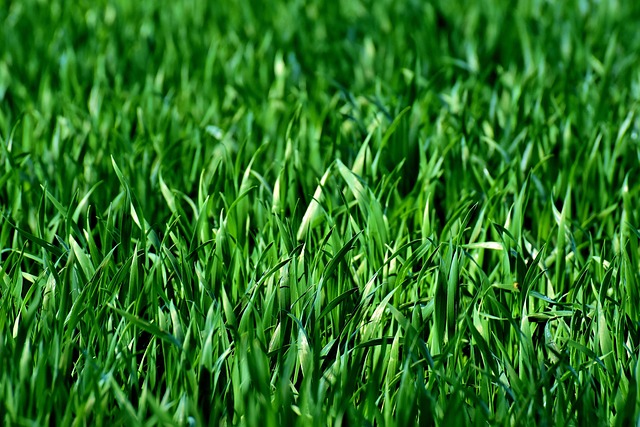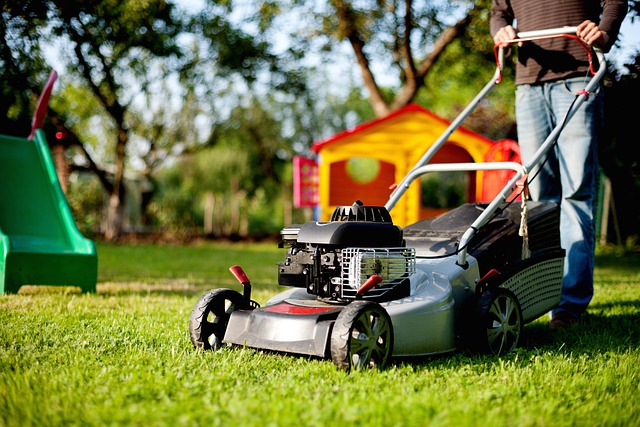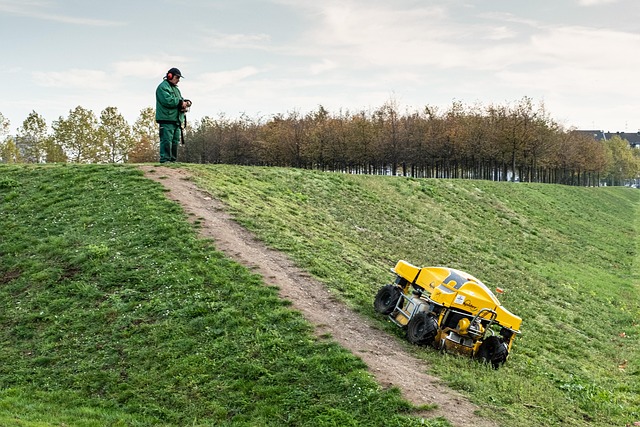Castle Pines faces challenges in vegetation management for utility easements, balancing service access and ecosystem preservation. Traditional methods struggle with invasive species and environmental impact concerns. Innovative biological treatment strategies, using beneficial microorganisms, offer a sustainable, eco-friendly approach to control specific weeds and plant pathogens, minimizing health risks and fostering healthier urban landscapes.
In Castle Pines, effective vegetation management along utility easements is essential for maintaining infrastructure integrity and enhancing landscape aesthetics. This article explores the challenges posed by traditional methods and introduces innovative biological treatment strategies for sustainable vegetation control. By delving into these approaches, we aim to provide a comprehensive guide for property managers and utilities alike, focusing on efficient, eco-friendly solutions tailored to the unique needs of Castle Pines’ utility easements.
- Understanding Utility Easements in Castle Pines
- Challenges of Traditional Vegetation Management
- Innovative Biological Treatment Strategies
Understanding Utility Easements in Castle Pines

In Castle Pines, vegetation management for utility easements is a crucial aspect of maintaining a functional and safe infrastructure. Utility easements, often located along roadsides or in residential areas, are strips of land dedicated to housing essential services like electricity, water, gas, and telecommunications. Understanding these easements is vital for both property owners and local authorities as they play a critical role in facilitating efficient access for maintenance and repair work.
Proper vegetation management within these areas involves careful planning and strategic treatments to ensure the health of both the plants and the underlying utilities. This includes controlling invasive species, maintaining clear lines of sight for safety purposes, and reducing the risk of damage to utility lines by overgrowth. By implementing sustainable biological treatment strategies, such as targeted herbicide applications or manual removal, Castle Pines can effectively manage vegetation while preserving the environmental balance.
Challenges of Traditional Vegetation Management

In the context of vegetation management for utility easements in Castle Pines, traditional methods often face significant challenges due to the delicate balance between maintaining access for essential services and preserving the local ecosystem. The area’s unique topography, diverse plant species, and ecological sensitivity require tailored solutions that go beyond conventional techniques.
One major hurdle is the invasive nature of certain plant species, which can quickly overrun easements, disrupting the natural habitat and affecting service lines below. Additionally, chemical herbicides, commonly used in traditional management, raise environmental concerns due to their potential impact on non-target species and groundwater quality. These challenges underscore the need for innovative biological treatment strategies that offer a more sustainable and environmentally friendly approach to vegetation management.
Innovative Biological Treatment Strategies

In the realm of vegetation management, particularly for utility easements in Castle Pines, innovative biological treatment strategies are revolutionizing the way we approach weed control and landscape maintenance. These methods offer a sustainable and eco-friendly alternative to traditional chemical herbicides, focusing on harnessing nature’s own defense mechanisms. By introducing beneficial microorganisms, such as bacteria and fungi, into the soil, these biological treatments target specific weeds or plant pathogens while promoting a balanced ecosystem.
This approach is especially valuable in urban areas like Castle Pines where managing vegetation along utility easements is crucial for maintaining infrastructure integrity and public safety. Unlike chemical applications that can have adverse environmental impacts and pose health risks, biological treatments are selective, minimizing harm to non-target plants and local wildlife. As a result, these strategies foster a healthier, more resilient landscape, ensuring the long-term management of vegetation in even the most challenging environments.
In addressing vegetation management for utility easements in Castle Pines, it’s clear that innovative biological treatment strategies offer a promising alternative to traditional methods. By leveraging nature’s solutions, these approaches enhance ecosystem health while mitigating the challenges associated with conventional practices. As we move forward, adopting these biological treatments can ensure sustainable and efficient vegetation management, fostering a harmonious balance between urban development and natural landscapes in Castle Pines.
